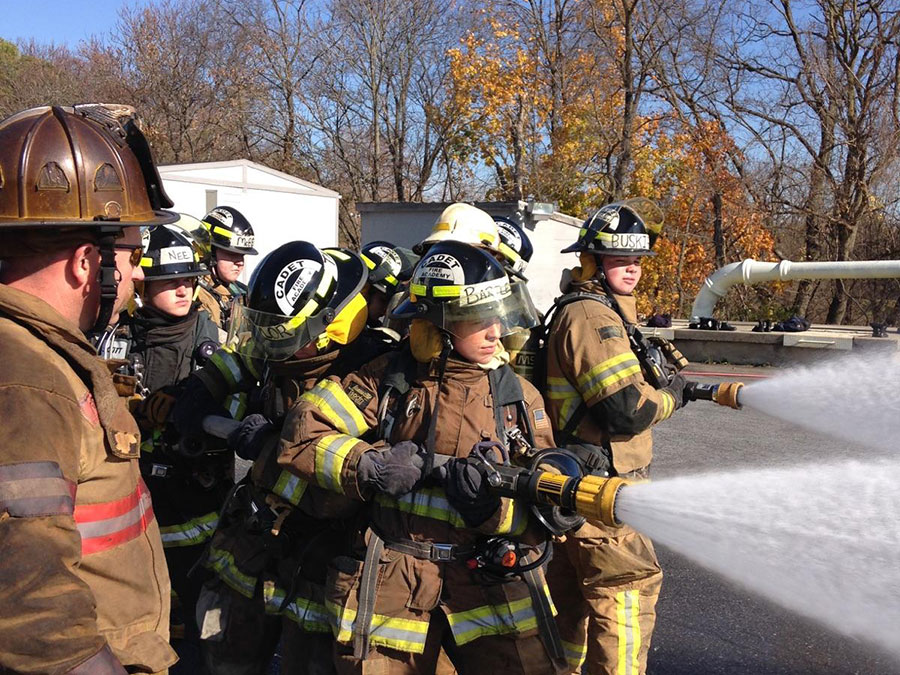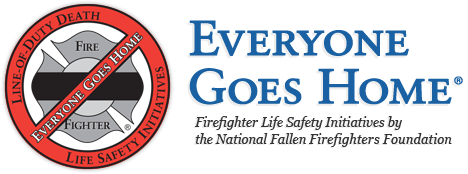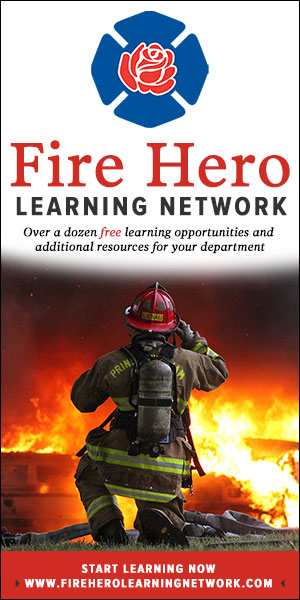Fire Stop Tour, January 10-12, 2023
The U.S Fire Administrator and principal leaders from the American fire service, in partnership with the Fire Department of New York (FDNY), the Philadelphia Fire Department, and the Washington, D.C. Fire and Emergency Medical Services Department, will stand together on Jan. 10‑12 to speak with one voice to address the fire problem facing our nation.
» Watch the Summit Replay
Are you part of a High School Fire or EMS Cadet program?

The National Fallen Firefighters Foundation is planning the 2019 High School Fire and EMS Cadet Program Symposium and have developed a survey to identify specific areas of interest.
» Take the Survey
NFFF New Goals: The Fit Firefighter…From Fiction to Reality
The fact is more than half of line-of-duty deaths are a result of a cardiac incidents every year. In 2014, 57 of the 84 line-of-duty deaths were caused by heart attacks. And the number of firefighters dying each year from cancer is on the rise.
NFFF New Goals: Transportation Trauma
The inside of a burning building is not the most dangerous location for firefighters. If you’re familiar with statistics about firefighter deaths and injuries, you will recognize a more dangerous location is the road.
The Human Element: Revisiting the Lessons of the Esperanza Fire
Staff rides date back to the 1800s, when military leaders began taking soldiers on tours of places where significant battles or military actions were likely to occur. Later, the staff ride evolved to involve visiting places where battles or campaigns had occurred, and it has since become a key training tool in the military and now public safety.
NFFF New Goals Campaign: Wildland Firefighting
From the October issue of Firehouse® Magazine By Chief Ronald J. Siarnicki Our hearts were heavy this past August when three wildland firefighters were killed battling the Twisp River Fire in Washington State, and two died battling fires in California. These tragedies shook their communities and saddened our nation. These devastating deaths and other injuries… Read more »
NFFF New Goals Campaign: Reducing Fire Occurrences
The Fire Service must do a better job of educating the public of the risks they face as a result of fire. Equally important is educating firefighters about the critical importance of prevention through intervention.
NFFF New Goals Campaign: Training
Everyone must practice the skills until the muscle memory won’t let you get it wrong. By drilling regularly on a variety of scenarios, everyone on the crew will be confident in their abilities to successfully perform basic skills, such as forcible entry, air management and hoseline deployment.
Assessing Risk Never Stops
The concept of risk permeates the fire service. We talk about risk/benefit analysis. Our “golden rule”—risk a lot to save a lot, risk little to save little, risk nothing to save nothing—is ingrained into us in the academy.
NFFF New Goals Campaign: Thermal Assault
It’s about making sensible decisions for the best possible outcomes, all the while being cognizant of the beating that every fire has on our bodies and the long-term effects this has on our survivability.



